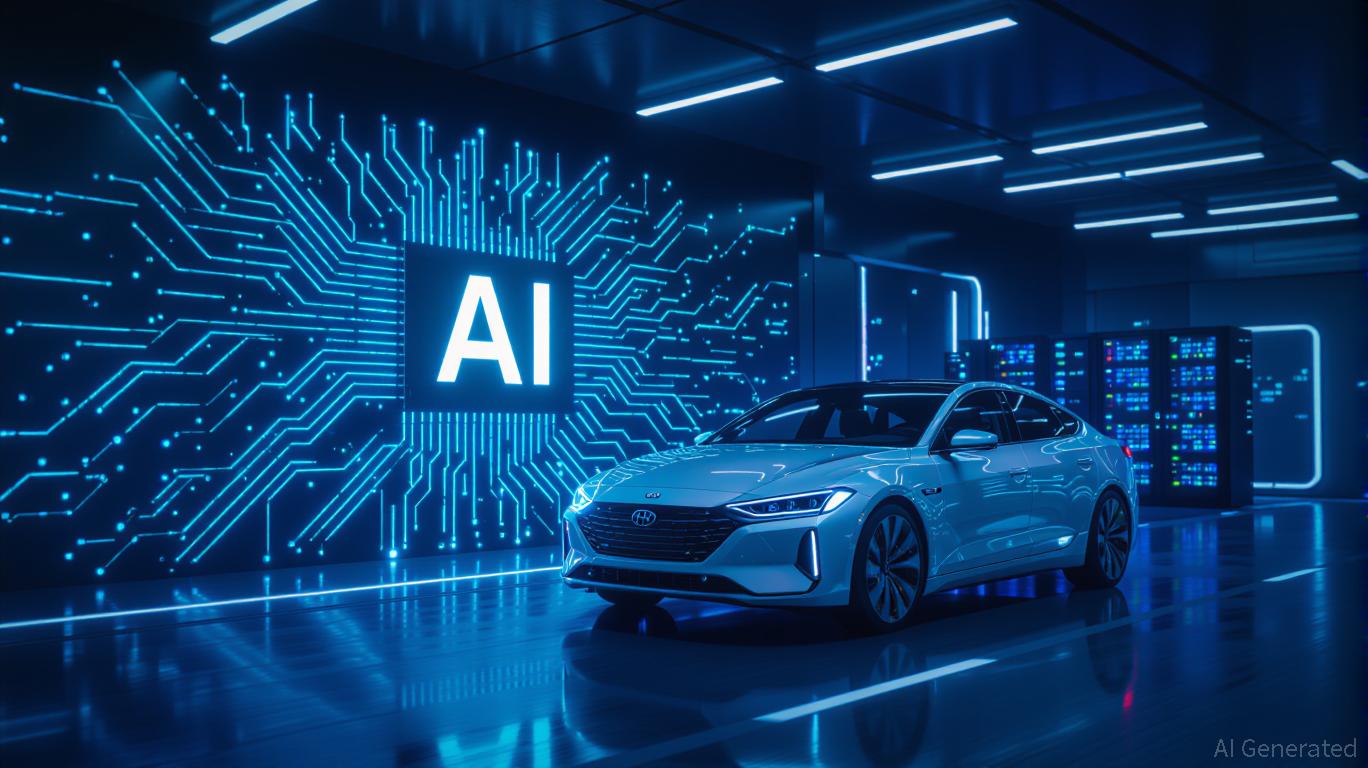Intel (INTC): Navigating Revenue Contraction and AI Transformation – A Long-Term Buy or a Cautionary Tale?
Intel (INTC) is at a critical inflection point in its history. With Q2 2025 earnings expected to reveal a 7% year-over-year revenue decline to $11.93 billion and a net income contraction to $76.3 million, the chipmaker faces mounting pressure to prove its restructuring and AI-focused strategy can deliver long-term value. The company's recent layoffs in Oregon, coupled with a potential $12.8 billion revenue miss in its foundry division, underscore the urgency of its transformation. But beneath the near-term pain lies a bold bet on AI, one that could redefine Intel's role in the semiconductor industry.
The Q2 2025 Outlook: A Harsh Reality Check
Intel's Q2 guidance—$11.2 billion to $12.4 billion in revenue—falls short of analyst expectations, reflecting ongoing challenges in its core markets. The foundry division, a key growth lever, is projected to decline by 7% to $3.98 billion, as competitors like
and Samsung gain traction in high-performance manufacturing. Meanwhile, the company's adjusted EPS of $0.000-0.000 for Q2 2025 highlights the financial strain of its restructuring, which includes writing off billions in underperforming chipmaking technology.This contraction is not merely a short-term setback but a symptom of a broader industry shift. As global demand for traditional x86 processors wanes, Intel's reliance on legacy markets has exposed vulnerabilities. The company's stock, trading near $23, has seen a "hold" consensus from analysts, with price targets clustering around $22–$25. Yet, this cautious outlook may overlook the transformative potential of Intel's AI strategy.
Strategic AI Positioning: A Long-Term Play with High Stakes
Under new CEO Lip-Bu Tan,
has pivoted aggressively toward AI, allocating 60% of R&D resources to AI-focused projects and launching the Intel Foundry, a systems foundry tailored for AI workloads. The 18A process technology, a breakthrough in semiconductor manufacturing, promises 30% better performance for AI chips compared to previous generations. This is critical as AI workloads demand exponential gains in processing power and energy efficiency.Intel's AI roadmap is anchored in three pillars:
1. Hardware-Software Synergy: Enhanced neural processing units (NPUs) and optimized memory architecture are being integrated into Intel's next-gen processors, enabling faster inference and training cycles.
2. Ecosystem Partnerships: Collaborations with Mobileye for autonomous vehicles, automakers for real-world AI testing, and AI startups through the Intel Capital program are expanding its footprint in edge computing and smart manufacturing.
3. Strategic Investments: A $20 billion commitment to AI research centers and a $12 billion reallocation toward AI talent development signal a long-term vision.
These moves are not without risk. The foundry division's potential write-off of billions in technology underscores the financial gamble Intel is taking. However, the payoff could be significant. If Intel can secure major clients like
and for its AI-optimized manufacturing, it could reclaim a leadership position in a sector projected to grow at 35% annually through 2030.Investment Implications: Balancing Short-Term Pain with Long-Term Gain
For long-term investors, Intel's current valuation presents a paradox. The stock trades at a discount to its peers, with a P/E ratio of 8.5x versus NVIDIA's 28x, yet its AI ambitions suggest a path to premium growth. The key question is whether Intel can execute its transformation without further eroding investor confidence.
- Catalysts for Growth:
- Successful adoption of the 18A process by major clients (e.g., Apple's next-gen M-series chips).
- Revenue diversification through AI PCs and edge computing solutions.
Cost discipline in restructuring, avoiding a spiral of write-offs.
Risks to Watch:
- Delays in AI product launches or underperformance against competitors like AMD's Instinct series.
- Persistent margin pressure from foundry and client computing divisions.
Regulatory hurdles in cross-border AI partnerships.
Valuation Metrics:
- Intel's forward P/E of 9x is attractive but lags its growth potential.
- A 20% discount to its 2025 price target of $27 implies a 30% upside, assuming successful AI integration.
Conclusion: A High-Conviction Buy for the Patient Investor
Intel's Q2 2025 results may paint a grim picture, but the company's AI strategy represents a rare opportunity to rebuild a legacy in a transformative sector. The near-term pain is a necessary cost of realignment. For investors with a 5–10 year horizon,
could become a compelling buy if it secures key AI partnerships and executes its hardware-software alignment. However, those with shorter timeframes or low risk tolerance should remain cautious. The path to recovery is long, but the destination—a dominant player in the AI era—justifies the patience.
Sign up for free to continue reading
By continuing, I agree to the
Market Data Terms of Service and Privacy Statement

Comments
No comments yet